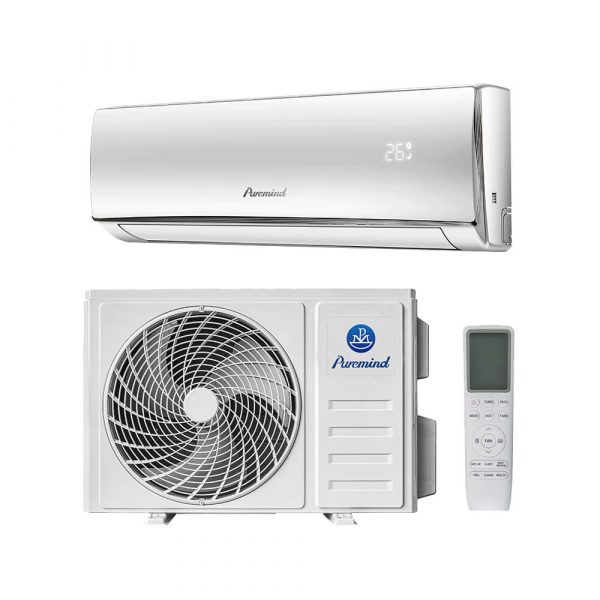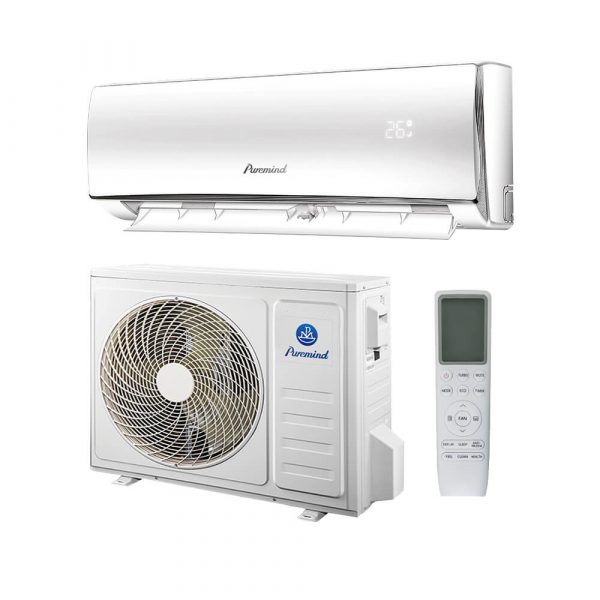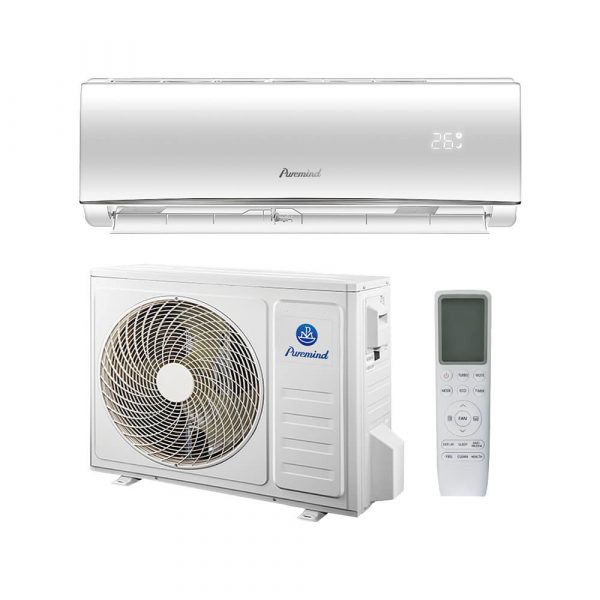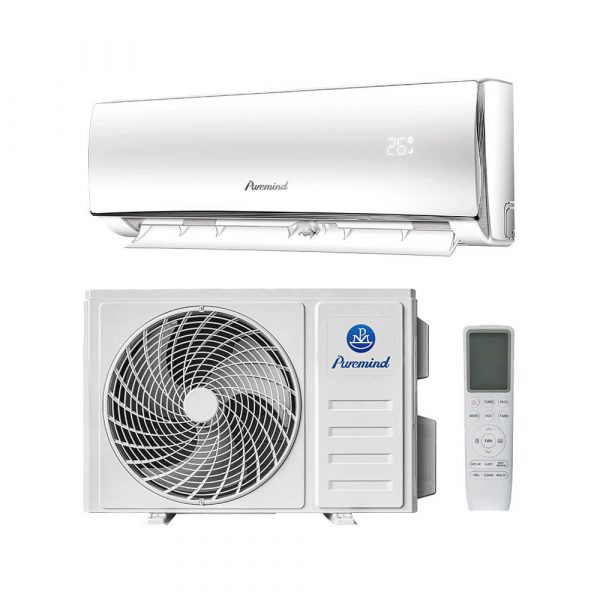AC Split System: Complete Guide to Features, Benefits, and Buying Tips
The AC split system is one of the most popular cooling solutions worldwide, known for its efficiency, quiet operation, and flexibility. Whether for a residential home, commercial office, or industrial space, AC split systems provide tailored climate control to suit a variety of needs. In this guide, we’ll explore what an AC split system is, how it works, its benefits, and key considerations for buyers.
1. What is an AC Split System?
An AC split system consists of two main units: the indoor unit (evaporator) and the outdoor unit (condenser). These two components are connected by refrigerant piping and electrical wiring, allowing heat exchange and temperature regulation between indoor and outdoor spaces.
Main Components
- Indoor Unit: Contains the evaporator coil, blower fan, and air filter to cool and circulate air inside the space.
- Outdoor Unit: Houses the compressor and condenser coil to release absorbed heat outdoors.
- Refrigerant Lines: Copper pipes that carry refrigerant between the indoor and outdoor units.
- Control System: Thermostat or remote controller for temperature settings and operation modes.
2. How Does an AC Split System Work?
The working principle of an AC split system is based on the refrigeration cycle. The indoor unit absorbs heat from the room and transfers it via refrigerant to the outdoor unit, where it is released into the atmosphere. The process repeats until the desired indoor temperature is achieved.
3. Types of AC Split Systems
- Wall-Mounted Split Systems: Most common in homes and small offices, mounted high on walls for optimal airflow.
- Ceiling Cassette Units: Ideal for large open spaces, distributing cool air evenly.
- Floor-Standing Units: Perfect for areas without suitable wall or ceiling space.
- Multi-Split Systems: Connect multiple indoor units to a single outdoor unit for multi-room cooling.
4. Benefits of an AC Split System
- Energy Efficiency: Many models offer high SEER ratings, reducing energy costs.
- Quiet Operation: With the compressor located outdoors, indoor noise is minimal.
- Flexible Installation: Suitable for various room sizes and layouts.
- Improved Air Quality: Built-in air filters help remove dust, allergens, and pollutants.
- Cost-Effective Maintenance: Simple filter cleaning and accessible components make upkeep easy.
5. How to Choose the Right AC Split System
When selecting an AC split system, wholesalers, suppliers, and distributors should consider several key factors:
- Cooling Capacity: Measured in BTU/h, capacity should match the size of the space.
- Energy Efficiency Rating: Look for systems with high SEER or EER ratings.
- Climate Suitability: Ensure the unit performs well under local weather conditions.
- Brand Reliability: Choose trusted manufacturers known for quality and durability.
- Warranty and Support: Availability of service centers and spare parts is essential.
6. Leading Brands for AC Split Systems
Some of the most reputable brands in the market include Carrier, Daikin, Gree, Midea, Mitsubishi Electric, and Trane. These brands offer a wide variety of split air conditioner models tailored to different needs and budgets.
7. Installation and Maintenance Tips
Proper installation is crucial for optimal performance. Always hire certified technicians to ensure correct placement, secure refrigerant connections, and proper electrical setup.
Maintenance Checklist
- Clean or replace air filters every 2–3 months
- Inspect refrigerant levels and refill if necessary
- Check outdoor unit for debris and clean coils
- Schedule annual professional servicing
8. Future Trends in AC Split Systems
- Smart Controls: Integration with mobile apps and voice assistants.
- Eco-Friendly Refrigerants: Use of low-GWP options like R32.
- Hybrid Systems: Combining cooling with air purification and humidity control.
- Solar-Powered Units: Renewable energy integration for off-grid cooling.
Conclusion
The AC split system is a versatile, efficient, and reliable cooling solution suitable for a wide range of applications. By understanding the types, benefits, and selection criteria, wholesalers, suppliers, and distributors can make informed purchasing decisions and offer customers the best solutions for their needs.







